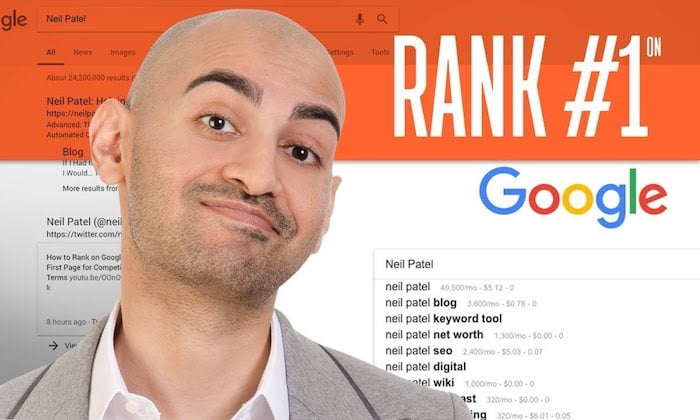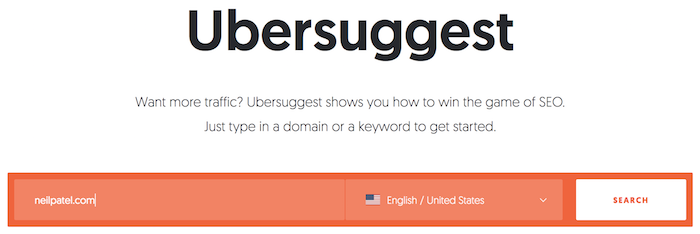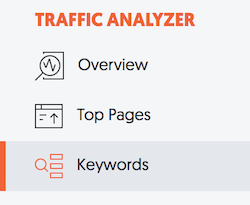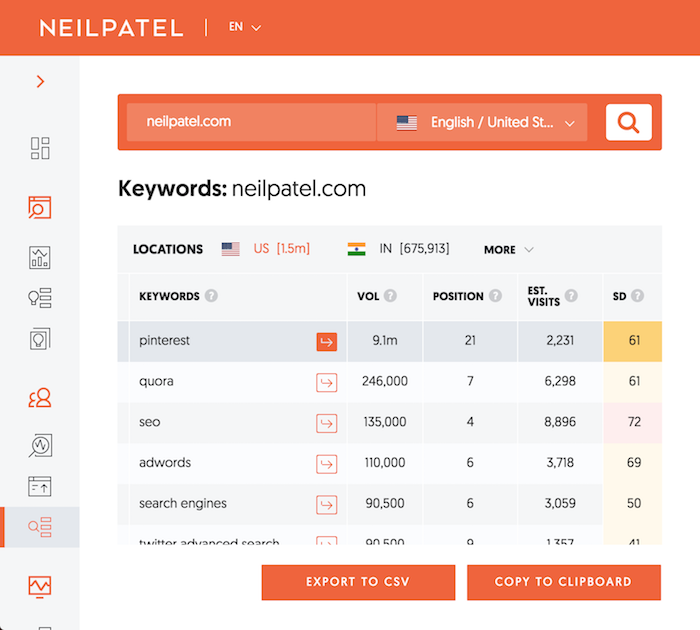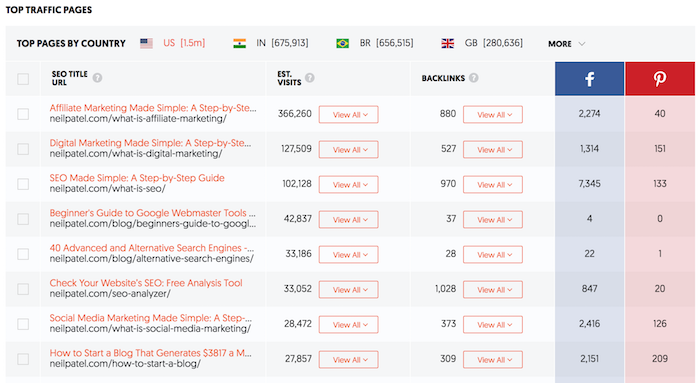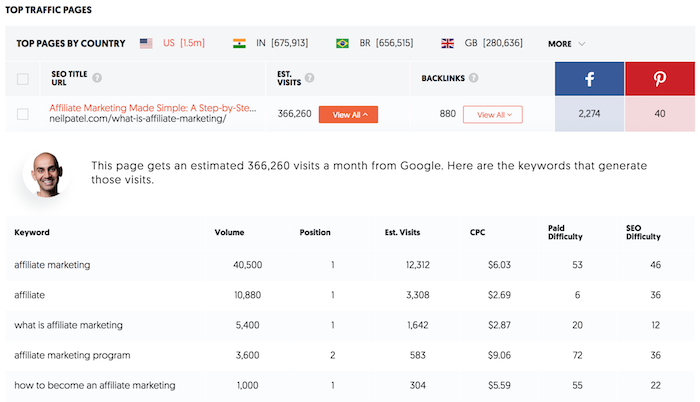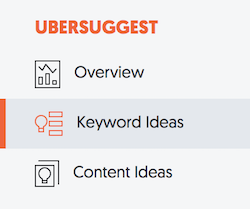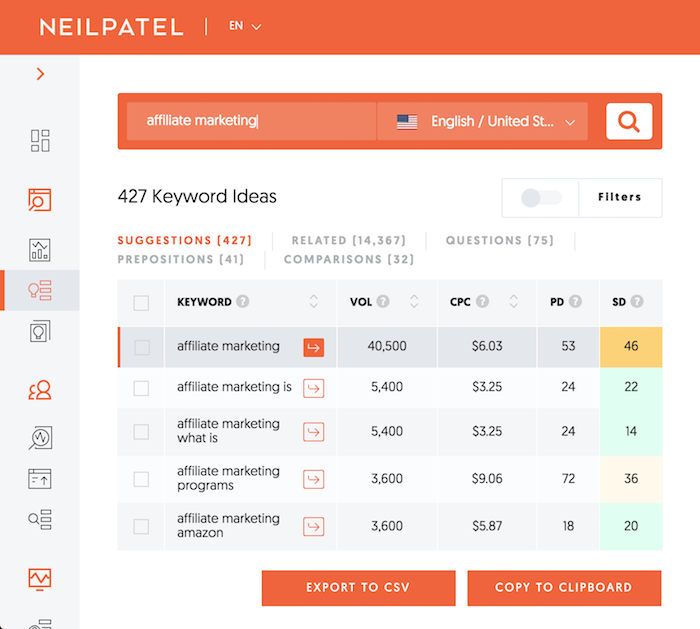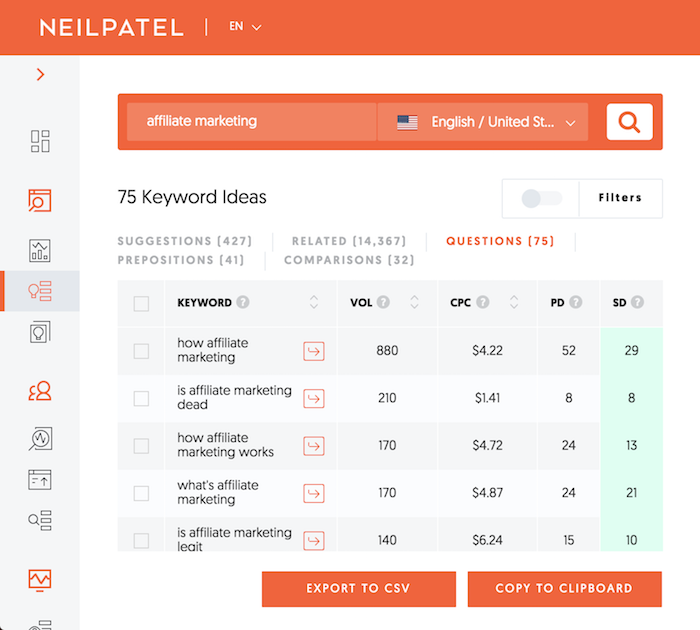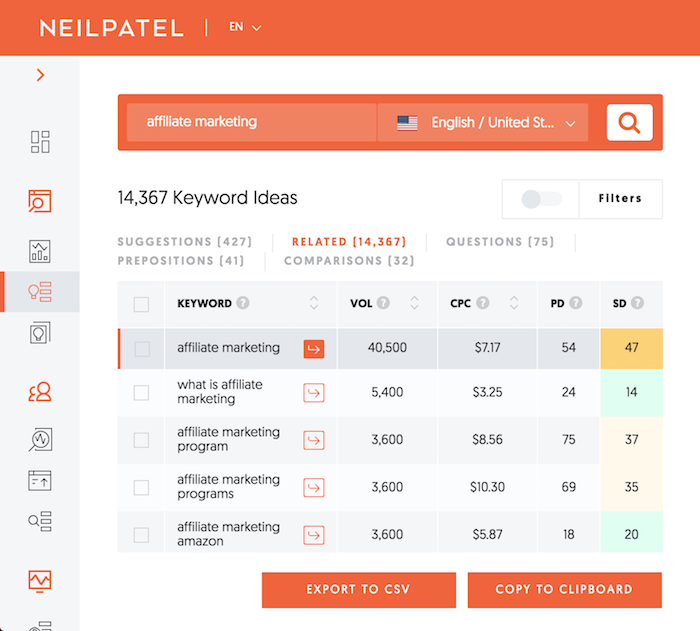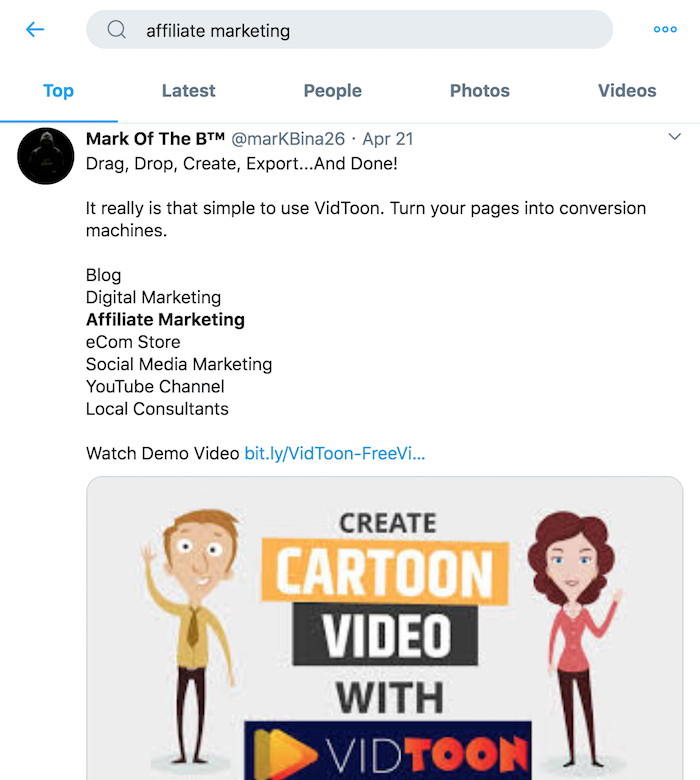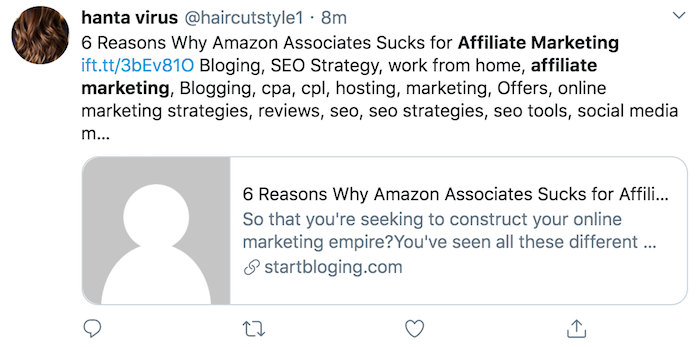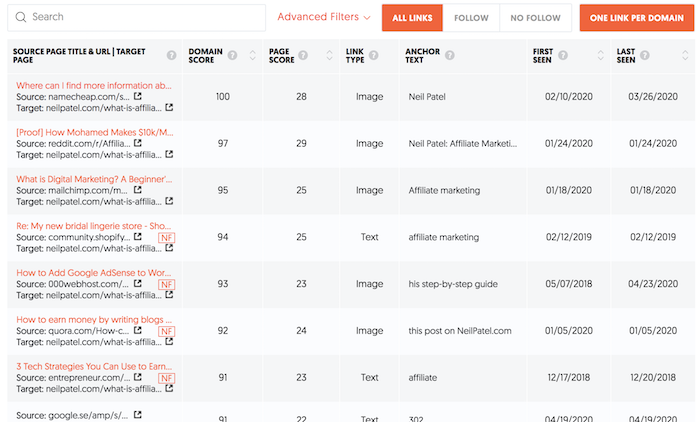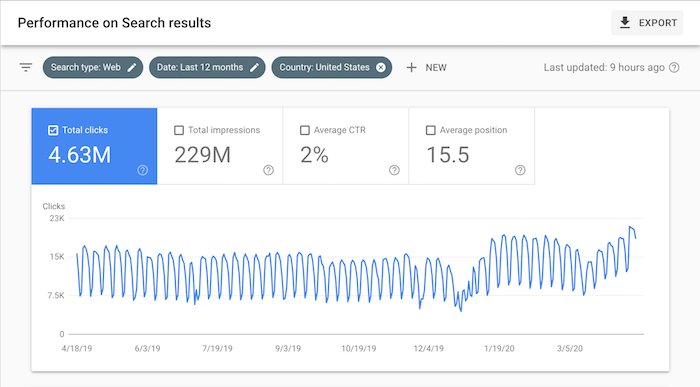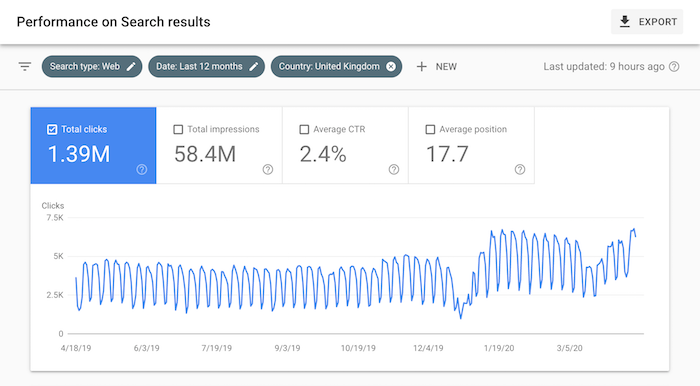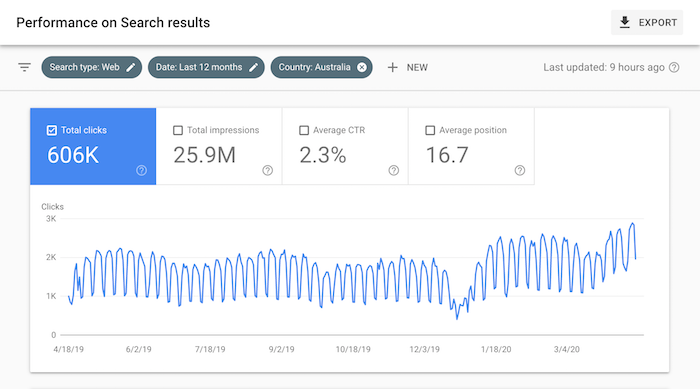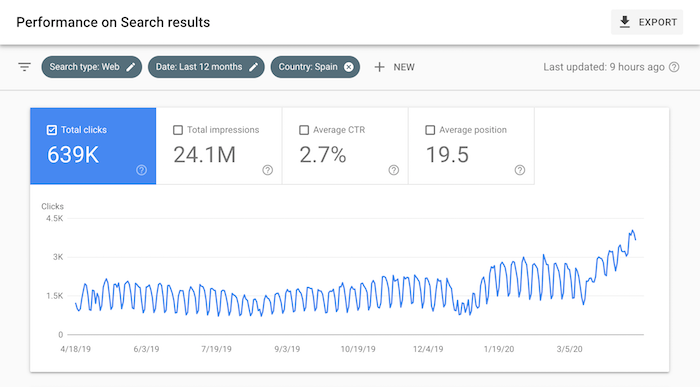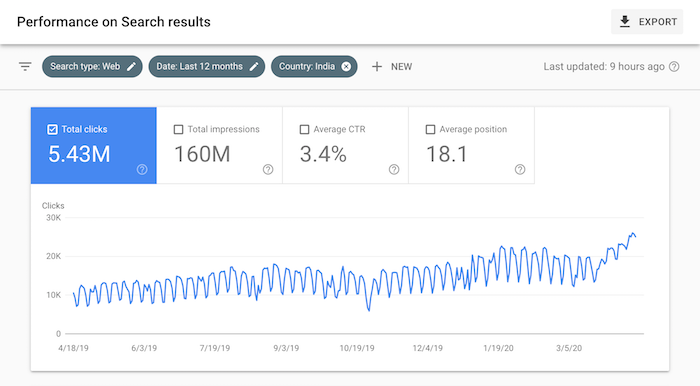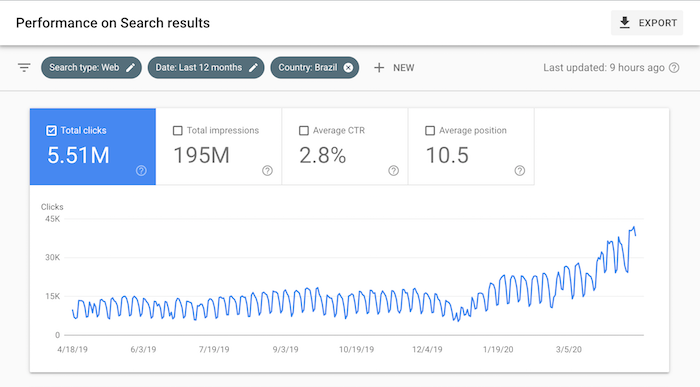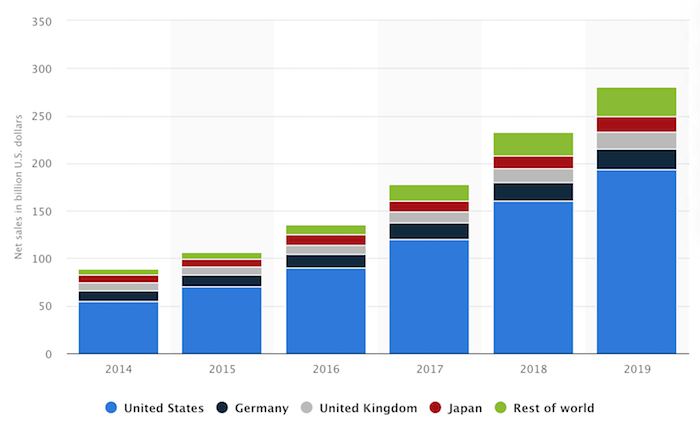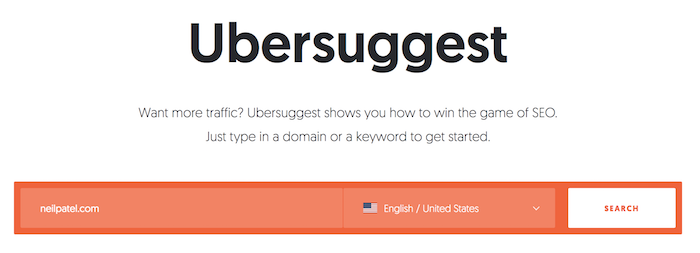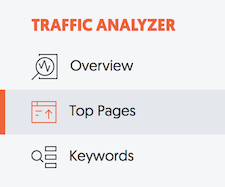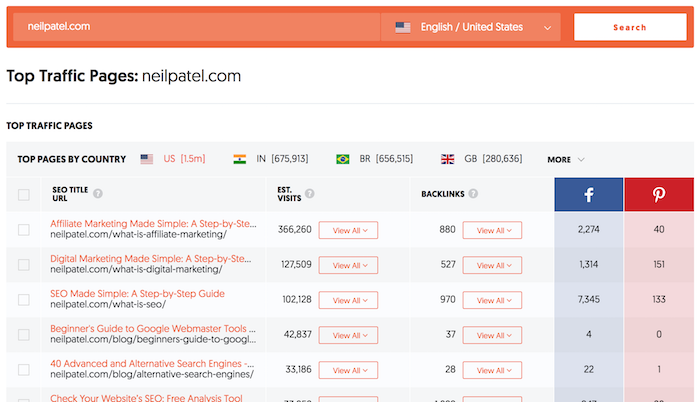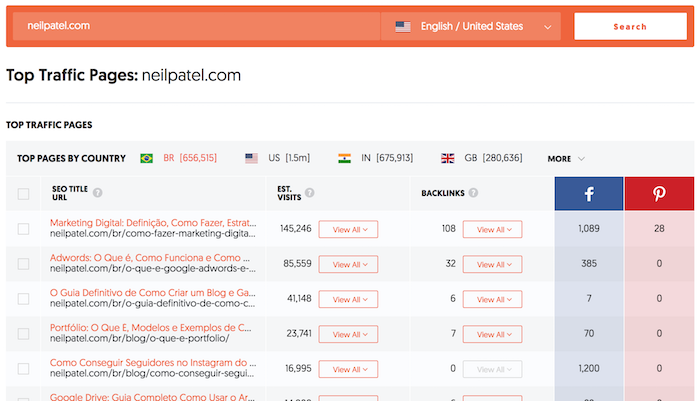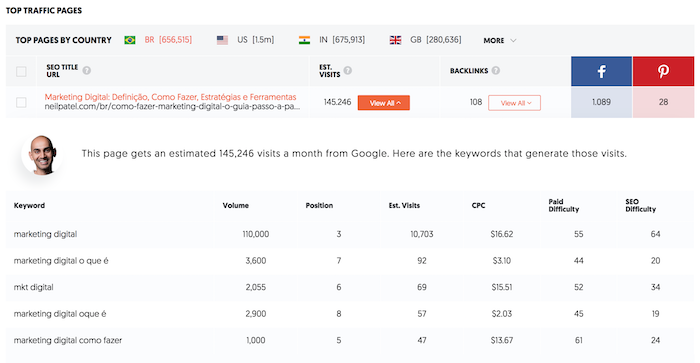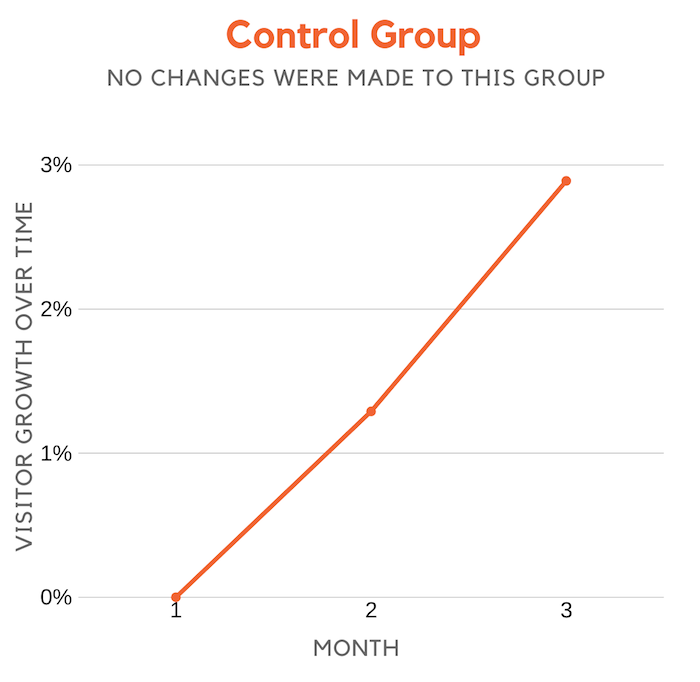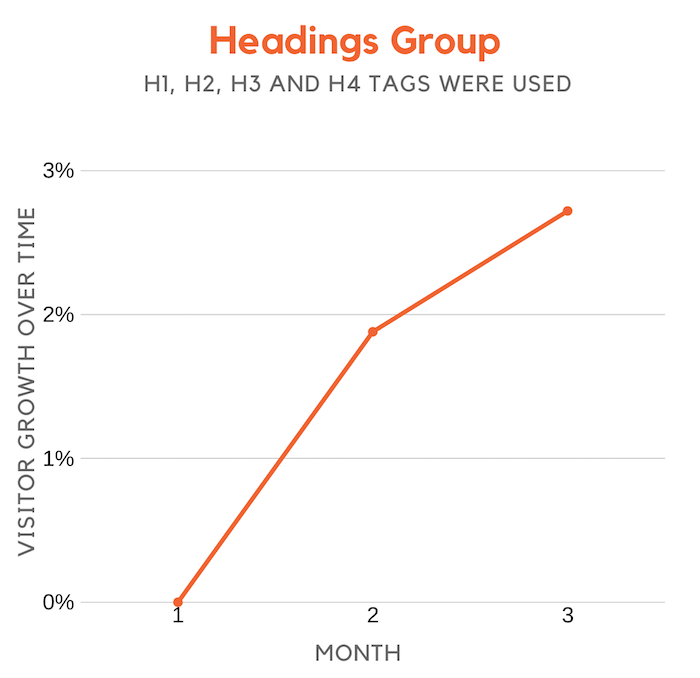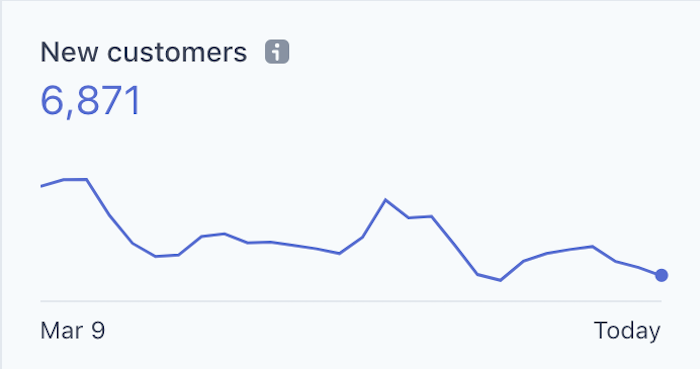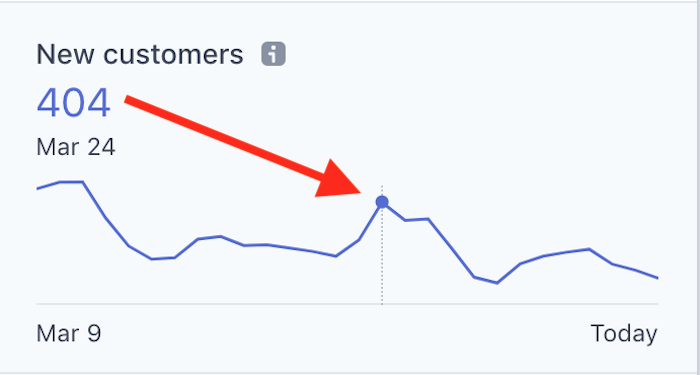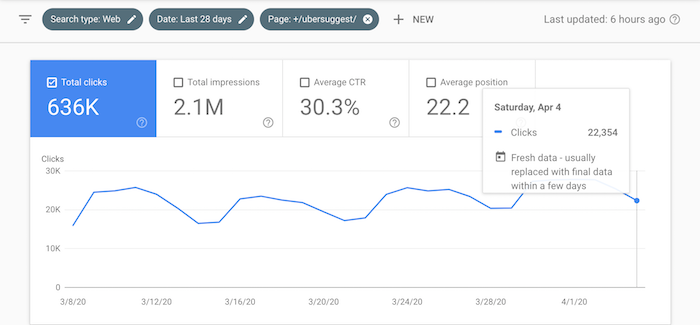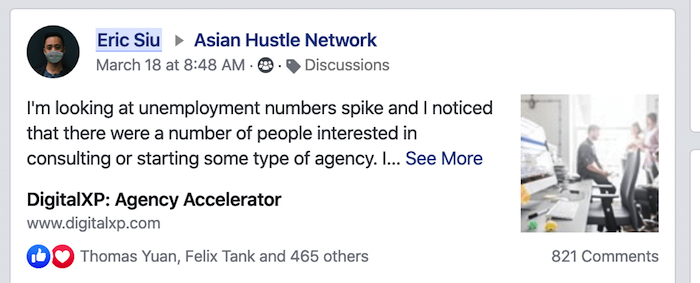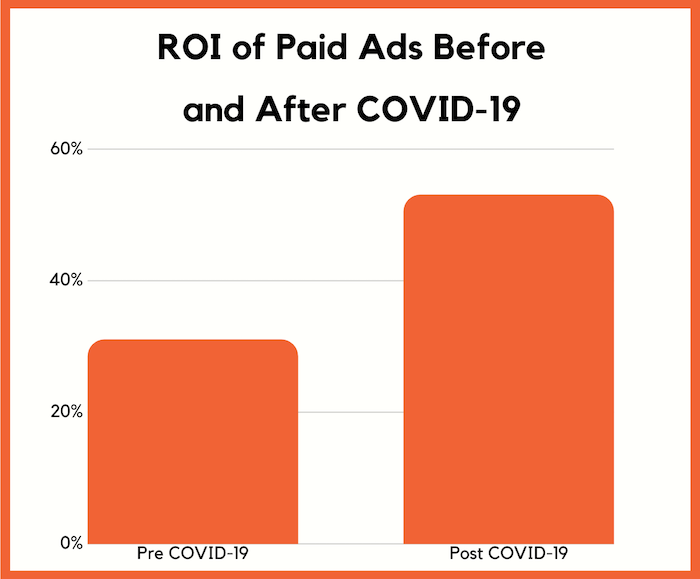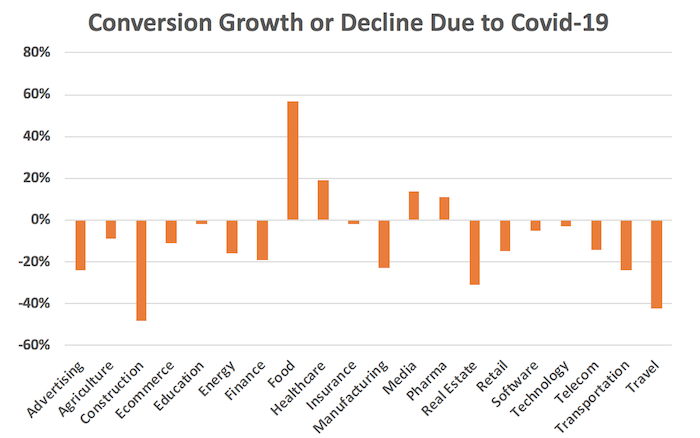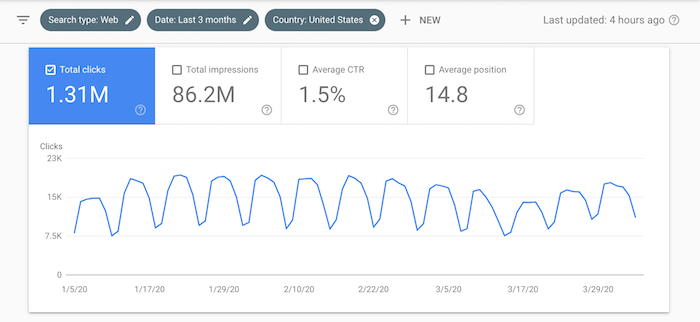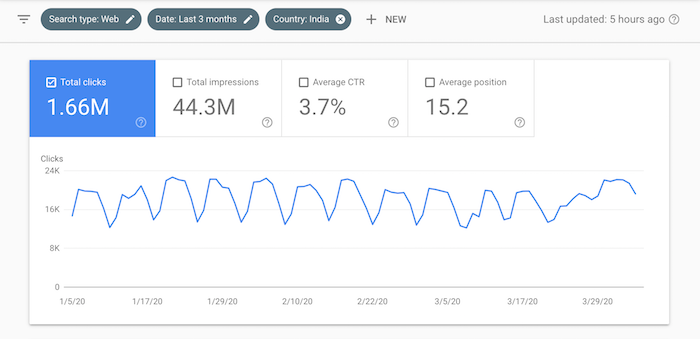Uma estratégia de marketing digital completa deve considerar um investimento em SEO para aumentar e manter o tráfego em um site de maneira contínua e aumentar as vendas. SEO é a ferramenta mais importante no seu arsenal de vendas online. SEO é o único “almoço grátis” de marketing na web.
“Construa e eles virão” teria dito Deus a Noé quando ele perguntou de onde todos esses animais viriam para viver em sua arca. É com tanta fé que muitos de vocês decidem construir um site para o seu negócio e aguardam ansiosamente a chegada dos seus primeiros clientes.
Depois de algumas semanas, quando nada se move, você aprende, você lê e explora desesperadamente outras avenidas para gerar esse tráfego tão esperado. Você cria uma página no Facebook e, em seguida, uma página no Twitter, uma conta no Instagram, uma conta no Pinterest e faz o mesmo com o LinkedIn.
Por fim, dizemos que o que realmente importa é ter sua página do Google. Em uma página da Web simples, que deve funcionar como uma vitrine para o seu negócio.
Depois de um ano, você agora tem mais amigos do que no auge de sua popularidade na escola, mas ainda não possui vendas on-line. Você decide aumentar seus gastos e investir em publicidade do Google e do Facebook.
Finalmente, a roda começa a girar e as vendas chegam à taxa dos reais que você gasta. Como suas margens são reduzidas, quando você considera todas as suas despesas de marketing, diminui suas despesas para analisar se um “momento” se instala e as vendas continuam com uma menor contribuição de capital. Infelizmente, a queda nos seus custos de publicidade se traduz no colapso de suas vendas. Finalmente, haveria apenas o Google e o Facebook que ficariam mais ricos nesse circo?
O QUE FAZER PARA DIRECIONAR TRÁFEGO AO SEU BLOG?
Tudo era tão simples quando havia apenas as páginas amarelas, quando gastar alguns reais por ano trazia a você um fluxo constante de clientes. Tudo parece complicado agora; e ainda assim a solução está ao seu alcance. Não estou falando das Páginas Amarelas on-line aqui, mas uma ferramenta mil vezes mais poderosa, uma ferramenta que oferece a você a chance excepcional de aumentar suas vendas gratuitamente, estou falando do Google.
O Google substituiu todos os diretórios, todas as ferramentas de pesquisa arcaica que usamos no passado. Quando procuramos algo, é no Google que “fazemos” essa pesquisa.
Essas vendas são provenientes dos seus anúncios do Google Ads, elas acontecem simplesmente porque, em troca do seu dinheiro, o Google o posiciona no topo da página para as palavras-chave escolhidas.
No entanto, aposto que, quando você faz uma pesquisa, pula instintivamente os anúncios apresentados pelo Google e se concentra nos dois ou três primeiros resultados apresentados pelo mecanismo de pesquisa, os chamados na indústria de resultados orgânicos. Imagine suas vendas e lucros se você ocupou a primeira classificação de referência natural para as palavras-chave procuradas por seus clientes.
QUAL A CONTRIBUIÇÃO DO VÍDEO?
O vídeo permite que você apresente seus produtos, serviços e sua empresa de maneira divertida e personalizada.
Um vídeo de 30 segundos é, portanto, a garantia de que sua mensagem será transmitida e alcançará seus interlocutores mais facilmente. O vídeo também pode ser usado para outros fins que não a transmissão na Internet, como apresentação em uma feira comercial, envio em um boletim informativo etc.
COMO ISSO AJUDARÁ MEU SEO?
O SEO não será diretamente impactado pela presença de um vídeo em seu site. No entanto, a integração desse vídeo em plataformas de vídeo como o Youtube pode permitir que você aumente sua visibilidade e crie uma rede de vídeos em seu site. O YouTube é o mecanismo de busca número dois atrás do Google hoje em termos de número de pesquisas.
Basta adicionar texto relevante para cada vídeo e um link para o seu site para impactar diretamente seu SEO e, assim, exibir seu vídeo na pesquisa natural. Portanto, você pode reivindicar melhores posições graças aos links que apontam para o seu site, mas também uma aparência dupla na página de pesquisa do Google. Observe também que um vídeo em uma página da Web a enriquece e o Google aprecia páginas ricas (texto, foto, vídeo).
Para ter uma chance maior de ser visto e apreciado, seu vídeo deve ser construído, organizado e produzido com um mínimo de material. De fato, muitos vídeos são agora feitos de maneira amadora, sem muitos meios ou construção e, infelizmente, com um resultado impraticável.
Um bom vídeo deve atender a certos critérios de tempo (nem muito longo, nem muito curto), de qualidade visual, de estrutura … que um profissional de produção de vídeo pode esbanjar com muita facilidade.
Uma vez concluída a primeira etapa, o trabalho começa a torná-la visível e visível em muitos mecanismos de vídeo. Através de um conjunto de processos comuns à referência natural combinados com o conhecimento específico do vídeo, o SEO poderá informar aos mecanismos a existência do seu vídeo, seu assunto e seu possível conteúdo, duração, etc.
FAÇA SEO DA MANEIRA CERTA
A otimização de um site para um bom SEO é um componente essencial a ser levado em consideração. Existem cerca de dois bilhões de sites na Internet e isso pode parecer um grande desafio se você deseja aparecer nos resultados da pesquisa.
Mas é factível e, na verdade, é bastante simples. Existem dois métodos básicos para fazer isso: o método errado e o caminho certo. Abordaremos aqui o método certo, explicando a você o que fazer e, especialmente, não fazer.
NÃO TENTE TRAPACEAR NO SEO
Esse método envolve ocultar conteúdo especial, adicionar links desnecessários e preencher conteúdo legível em várias palavras-chave. Fazer dessa maneira está assumindo um grande risco com os mecanismos de pesquisa. O Google, por exemplo, pode remover permanentemente seu site do índice, se essas práticas forem identificadas.
Portanto, se queremos fazer o que é certo, precisamos usar um método mais natural. O Google, assim como outros, prefere sites que empregam técnicas naturais.
Em outras palavras, seus objetivos são fornecer resultados o mais relevantes possível para cada consulta. Os principais mecanismos adoram sites com conteúdo relevante, não apenas palavras-chave. Isso é fácil, basta criar um bom site compatível com os padrões e facilmente acessível.
O conteúdo O PODER DO SEO aparece primeiro em ADRS MARKETING.
Apareceu Primeiro em: ADRS MARKETING https://ift.tt/35kFDVB
